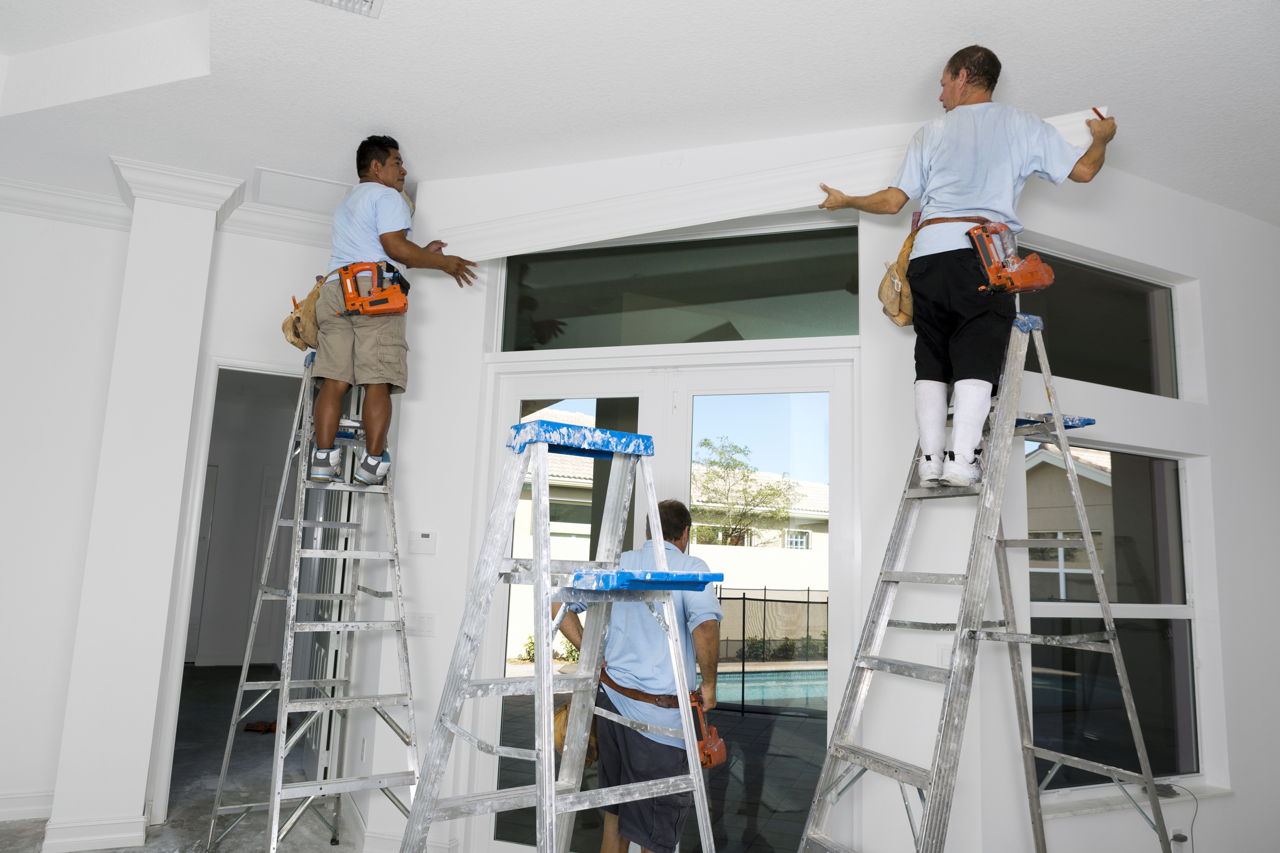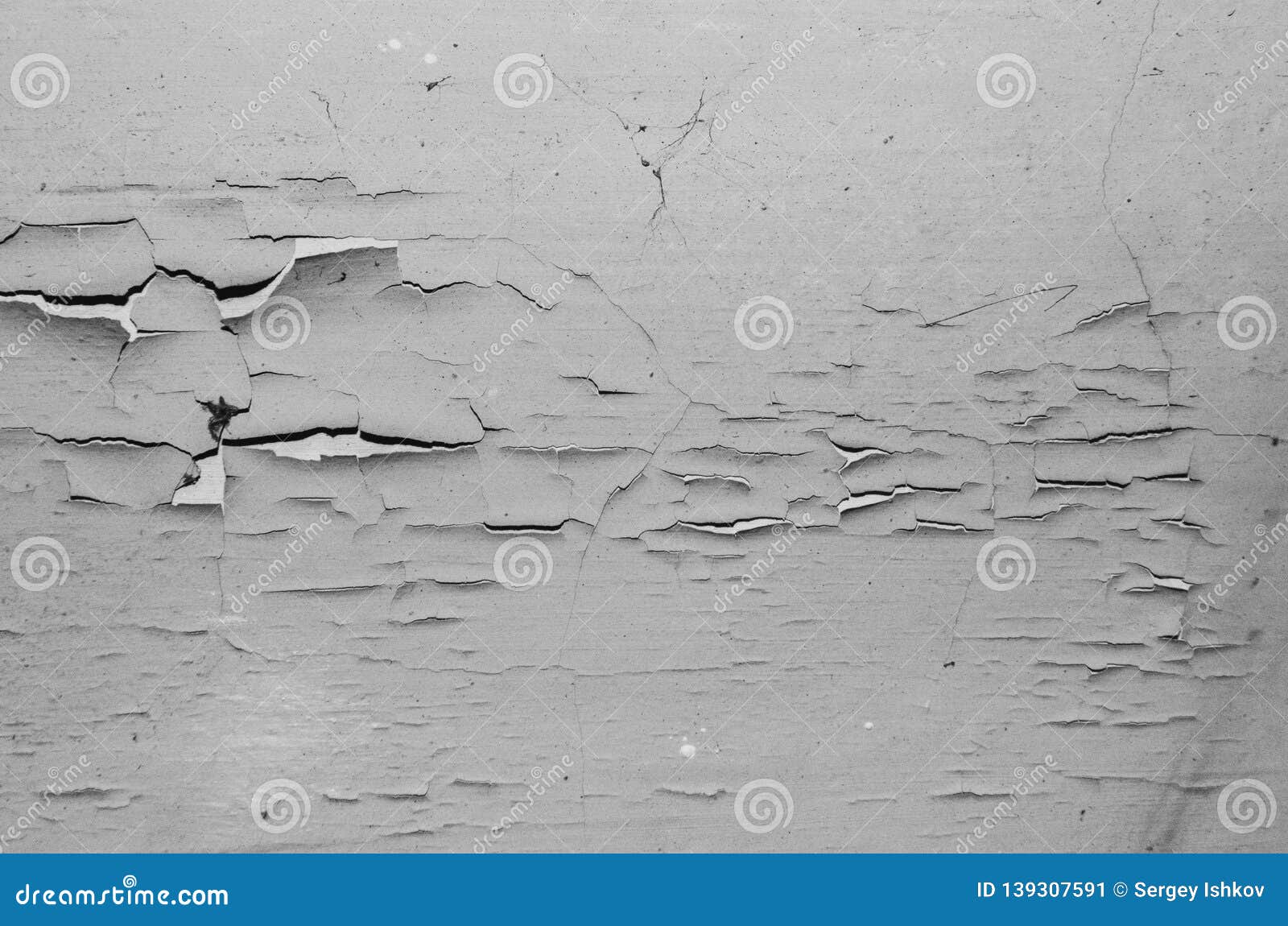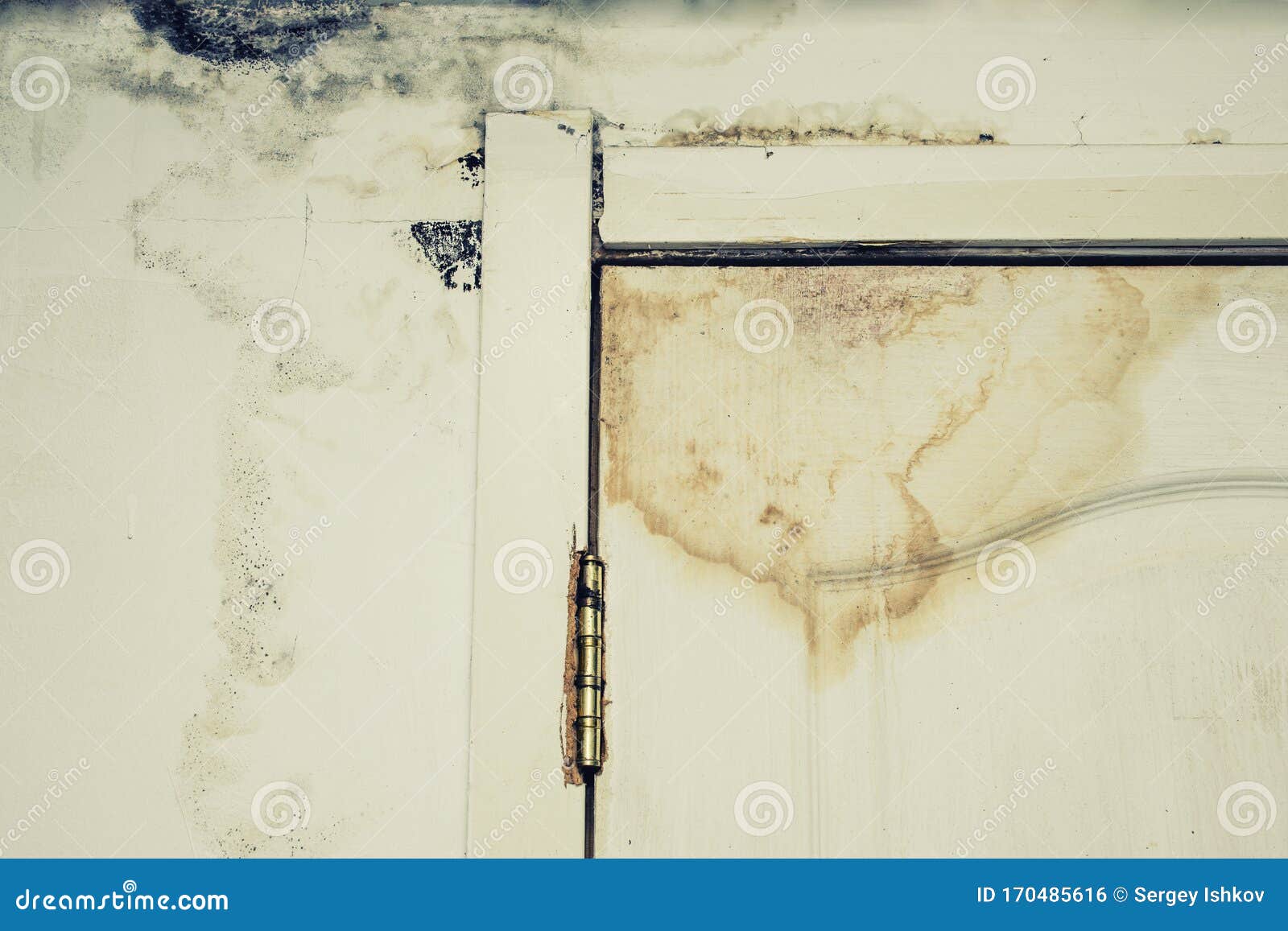
Driveway PitchĮlevation counts again if the garage is built partially below your property’s grade line. Make lowering the grade next to your driveway a priority landscaping project. If the ground next to your driveway is slightly higher than the concrete, heavy rains can fill up the driveway and seep under the garage door.

When you replace it, give it backup against stormy weather with raised rubber floor seals. The rubber strip along the bottom of a garage door eventually wears out and lets in rain, melted snow, wind-driven debris and even bugs. Keeping it closed during bad weather isn’t enough when you have one of these problems.
WATER SPOTS ON CEILING AFTER HEAVY RAIN HOW TO
Sometimes, knowing how to stop water from coming into the garage starts at the door. Water Under Garage Doors: Keeping Out Rain and Snow Run a dehumidifier in the garage, but be sure to regularly check its reservoir. The solution to this spring and summer problem is simple. Warm air on cool concrete creates a vapor that settles and turns into water on the garage floor.

Avoid regular floor paints that don’t lay down a moisture barrier. Treat the entire floor by sealing it with a silicate-based product.

Older concrete floors eventually become pitted with tiny holes that become wells for moisture. Repair floor cracks by cleaning them thoroughly and filling in with a water-resistant concrete patching compound. Floor CracksĮven when they’re small, they provide a direct route for ground moisture into the garage. It’s hard to control deep soil moisture around the house, but you can address water on the garage floor by fixing these flaws. Water seeping up through a concrete garage floor is often the result of a seasonal rise in the water table. Identify and fix roof problems, and check gutters too. As water moves to the bottom of the wall, it seeps out onto the garage floor. Loose flashing and bad shingles let rain into exterior walls where it travels along framing studs. If you find puddles on the garage floor along the same wall as an appliance, you may want to call in a plumber to find and fix the leak. Faulty PlumbingĪ water heater or washing machine can develop water line problems behind a wall. Bad sills should be replaced, but caulk or foam often stops leaks. Check horizontal sills at the bottom of framed walls where they meet the floor.

Water in the garage might be a sign of leaking around old sill plates. Save yourself from dealing with soaked sheetrock by sealing garage wall seams with caulk or waterproof foam. Inspect wall seams especially around doors and windows. Old joint seams on exterior walls are prone to leaking during stormy weather. Water leaking into the garage under a wall or from behind sheetrock is usually caused by one of these problems. You can’t see through them, so it takes a little handyman detective work. Wet Walls in the Garage: Finding and Fixing the Problem We offer you our quick guide to identifying and solving common water problems in the garage. Our water restoration services cover everything from soaked attics to flooded garages, so we’re very familiar with this homeowner’s headache. How do you figure out what causes wet garage floors and walls? How do you fix something you can’t always see? You don’t expect to see water seeping up through the concrete garage floor or forming damp spots on walls. It drips off the parked car, but it quickly dries up. You expect a little water in the garage after a heavy rain.


 0 kommentar(er)
0 kommentar(er)
